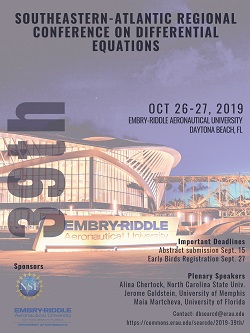Institution
Potosi Institute of Scientific and Technological Research, San Luis Potosi, Mexico
Abstract
The factorization method, a technique that has been used extensively for eigenvalue problems from the beginning of quantum mechanics and revived with the advent of supersymmetric quantum mechanics during the 1980s is used here for the eigenvalue problem of fractional oscillators characterized by Levy indices $\alpha$ in the range of values that still allows to consider these nonlocal oscillators as quantum-mechanical ones, i.e., $\alpha \in (1,2]$. The wavefunctions of these oscillators are linear combinations of generalized hypergeometric functions, with sub-Gaussian ground states for any $\alpha <2$, and Gaussian only for $\alpha=2$, which corresponds to the standard quantum harmonic oscillator case.
Factorization of Fractional Quantum Oscillators
The factorization method, a technique that has been used extensively for eigenvalue problems from the beginning of quantum mechanics and revived with the advent of supersymmetric quantum mechanics during the 1980s is used here for the eigenvalue problem of fractional oscillators characterized by Levy indices $\alpha$ in the range of values that still allows to consider these nonlocal oscillators as quantum-mechanical ones, i.e., $\alpha \in (1,2]$. The wavefunctions of these oscillators are linear combinations of generalized hypergeometric functions, with sub-Gaussian ground states for any $\alpha <2$, and Gaussian only for $\alpha=2$, which corresponds to the standard quantum harmonic oscillator case.

